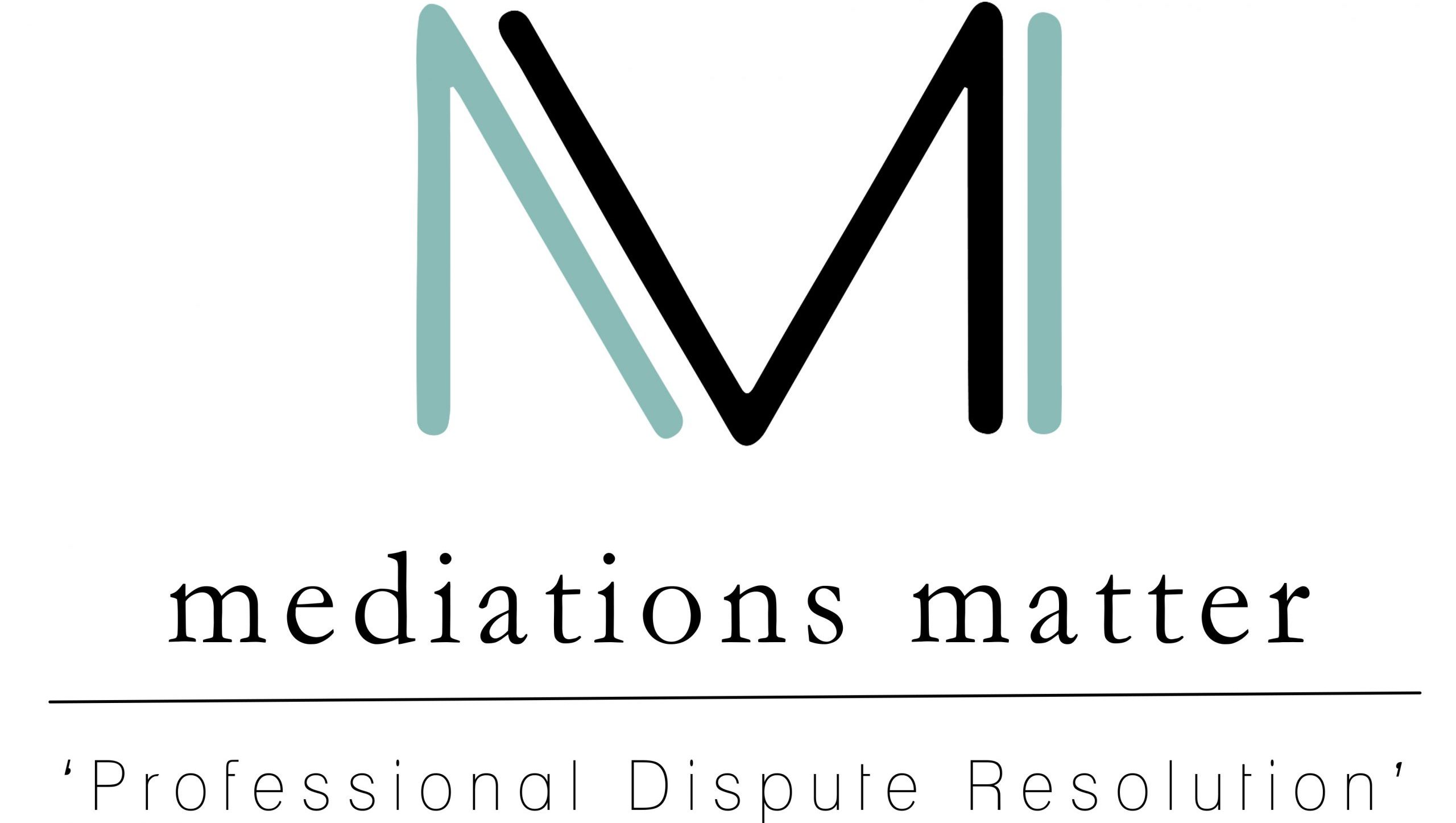In any workplace, disputes are bound to arise from time to time. These conflicts can stem from a variety of issues, including personality clashes, differences in work style, or disagreements over specific tasks. When conflicts escalate, they can have serious consequences for the entire organization, including lowered productivity, high employee turnover, and a negative work environment. This is where mediation and formal disciplinary action come into play as two different approaches to resolving workplace disputes.
Mediation involves bringing in a neutral third-party mediator who can facilitate a discussion between the parties involved in the dispute. The mediator will listen to both sides of the story, ask questions, and work with the parties to come up with a solution that is mutually acceptable to all. Mediation is a voluntary process, and both parties must agree to participate. Mediation has become an increasingly popular method of resolving workplace disputes, as it offers a less adversarial and more collaborative approach than formal disciplinary action.
On the other hand, formal disciplinary action involves imposing penalties or punishment on employees who have violated workplace policies or regulations. This can include verbal or written warnings, suspension, or even termination of employment. Formal disciplinary action is a more formal process, often requiring documentation and an investigation into the matter. It can also be a lengthy and costly process, requiring significant time and resources to resolve.
When it comes to choosing between mediation and formal disciplinary action, there are several factors to consider. Mediation can be an effective tool for resolving workplace disputes when the parties involved are willing to participate and work together to find a solution. It can be particularly useful when the conflict stems from a misunderstanding or miscommunication, or when there is a breakdown in communication between the parties.
On the other hand, formal disciplinary action may be necessary when the behavior or actions of an employee are causing significant harm to the organization, or when there are clear violations of workplace policies or regulations. It can be a necessary tool for enforcing workplace rules and maintaining a safe and productive work environment.
One of the key benefits of mediation is that it can often lead to a more collaborative and positive resolution of workplace disputes. It allows both parties to have a say in the outcome and can result in a solution that is mutually beneficial for everyone involved. Additionally, mediation can help to maintain positive working relationships between employees, reducing the risk of further conflict down the line.
Formal disciplinary action, while often necessary in certain situations, can be a more negative and adversarial approach. It can create a tense and unpleasant work environment, and can lead to resentment and hostility between employees. Additionally, it can be a time-consuming and costly process, requiring significant resources and taking valuable time away from other important tasks.
In conclusion, both mediation and formal disciplinary action have their place in resolving workplace disputes. While mediation can be a more positive and collaborative approach, it may not always be appropriate or effective in all situations. Formal disciplinary action, while more negative and adversarial, may be necessary in cases where there are clear violations of workplace policies or regulations. Ultimately, the best approach will depend on the specific circumstances of each case, and employers should carefully consider all available options before deciding on a course of action.

